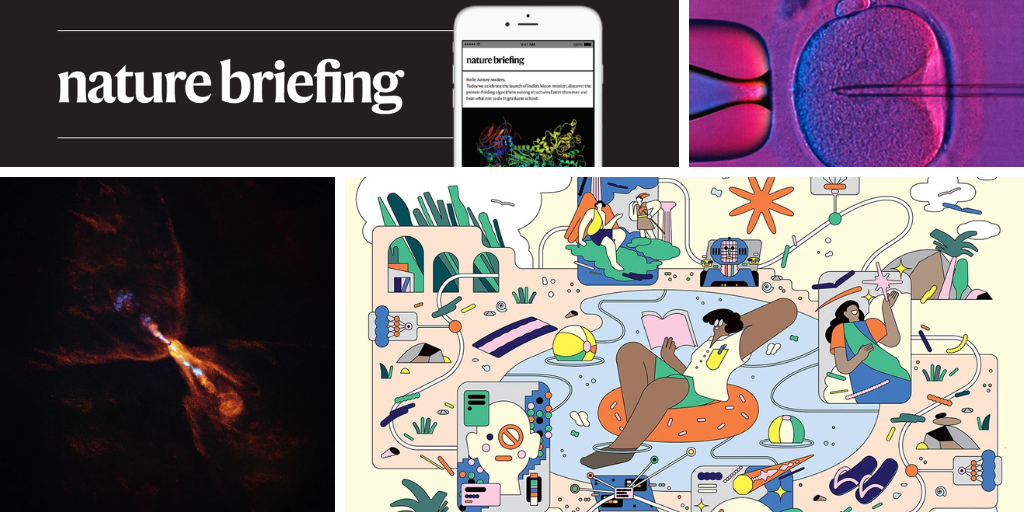
"Astronomers have spotted a solar system beyond our own in its very earliest stages of formation. HOPS-315, the baby star, has a surrounding disk of gas and dust."
"Eight children conceived through mitochondrial donation are living healthy lives, combining nuclear DNA from parents and mitochondrial DNA from a donor to prevent genetic diseases."
"The three-person in vitro fertilization technique aims to prevent inheriting harmful mutations from maternal mitochondrial DNA, which can lead to serious diseases."
"A study suggests Drosophila research remains robust, with 61% of claims about the flies' immunity verifiable through replication, indicating sound scientific practices."
Astronomers have discovered HOPS-315, a young star in its initial planet-forming stage, allowing insight into solar system formation. Observations utilized ground- and space-based telescopes to study the star's surrounding disk of gas and dust, typically hidden by jets emitted from newborn stars. Eight children conceived through mitochondrial donation are thriving, a technique that merges DNA from biological parents with healthy mitochondria from a donor to prevent genetic diseases. Additionally, Drosophila research shows strong reproducibility, with over half of immunity claims verified through replication over the past five decades.
Read at Nature
Unable to calculate read time
Collection
[
|
...
]